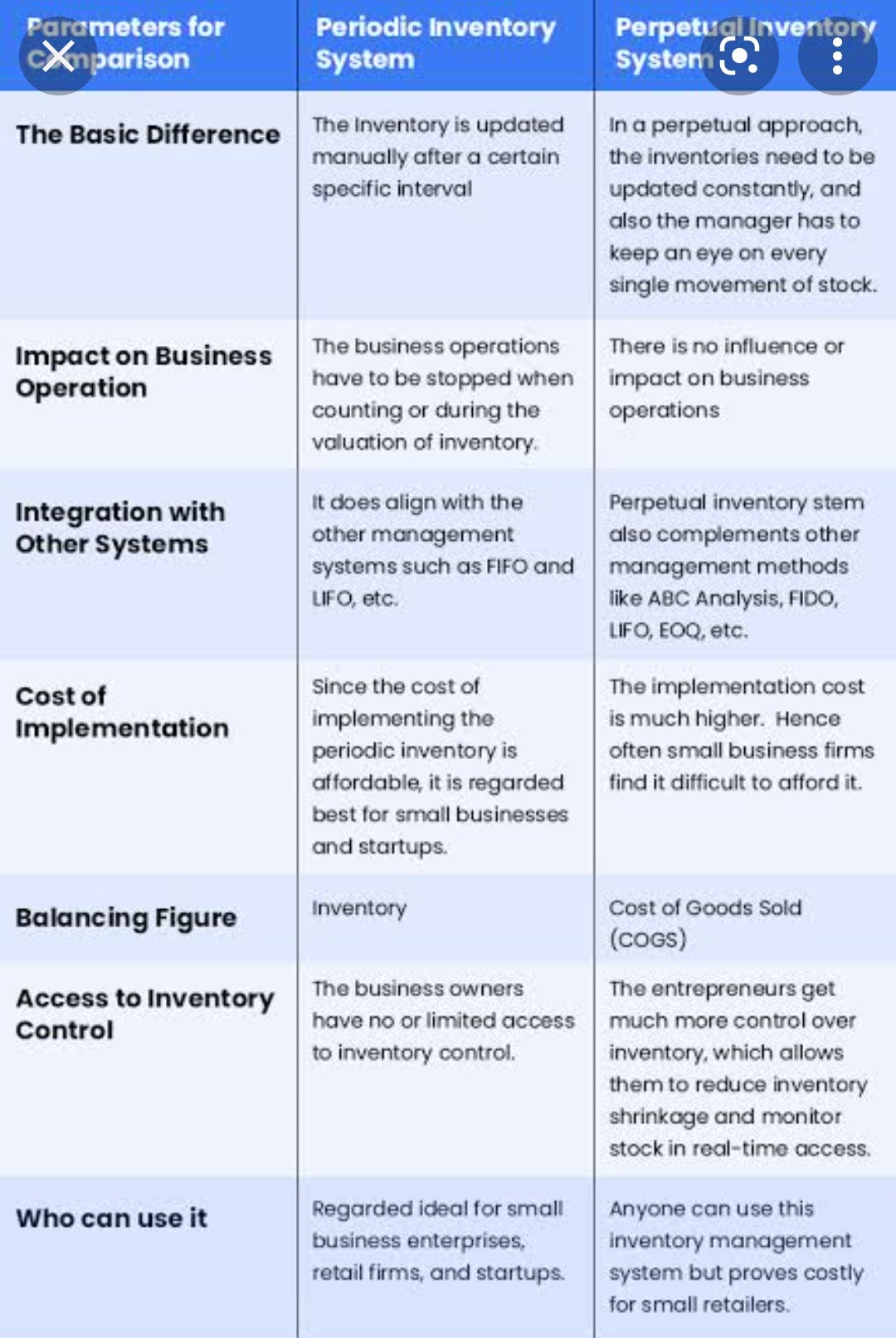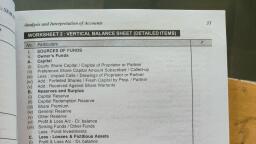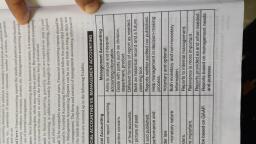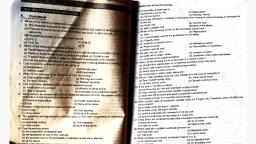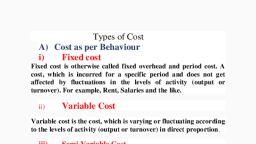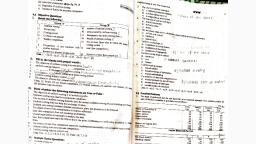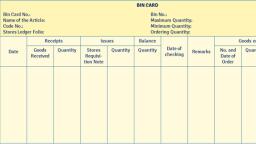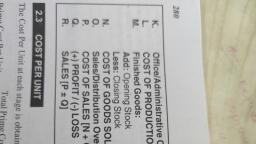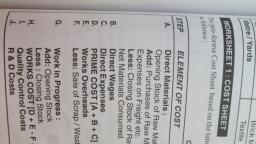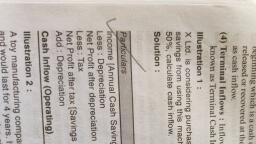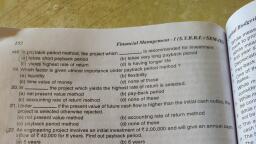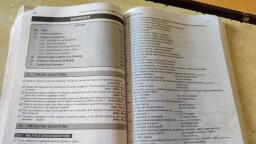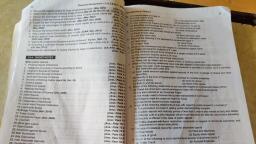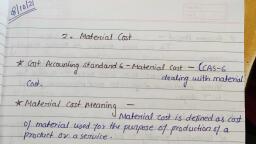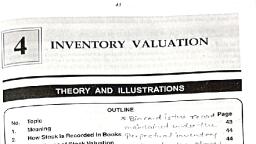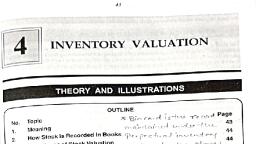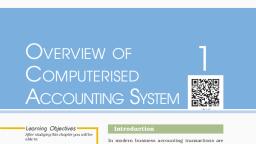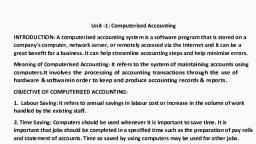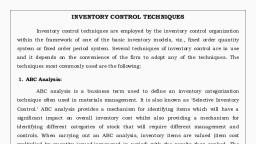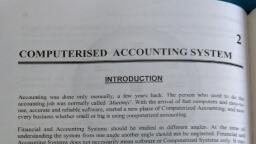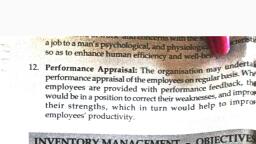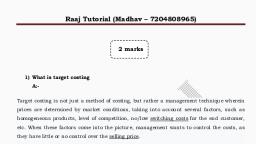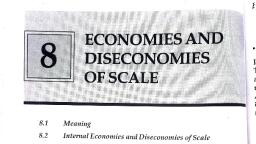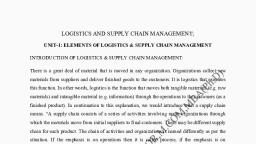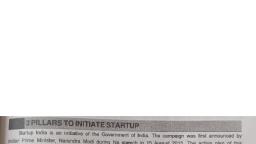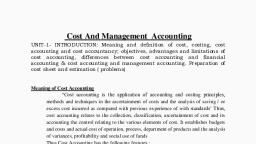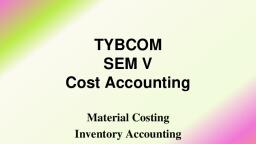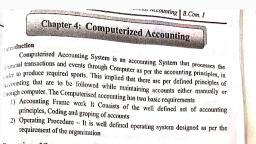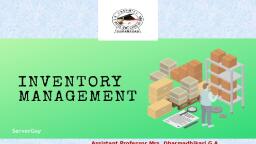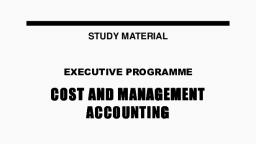Page 1 :
etgelis lle Bie), , >< Pre lat tel, , Periodic inventory, System, , rd rT, SVE) de, , ee Yy, YY, , , , The Basic Difference, , Impact on Business, Operation, , Integration with, Other Systems, , Cost of, Implementation, , Balancing Figure, , Access to Inventory, Control, , Who can use it, , The Inventory is updated, manually after a certain, specific interval, , The business operations, have to be stopped when, counting or during the, valuation of inventory., , It does align with the, other management, systems such as FIFO and, UFO, etc., , Since the cost of, implementing the, periodic inventory is, affordable, it is regarded, best for small businesses, and startups., , Inventory, , The business owners, have no or limited access, to inventory control,, , Regarded ideal for small, business enterprises,, retail firms, and startups., , In a perpetual approach,, the inventories need to be, updated constantly, and, also the manager has to, keep an eye on every, single movement of stock., , There is no influence or, impact on business, operations, , Perpetual inventory stem, also complements other, management methods, like ABC Analysis, FIDO,, UFO, EOQ, etc., , The implementation cost, is much higher. Hence, often small business firms, find it difficult to afford it., , Cost of Goods Sold, (coGs), , The entrepreneurs get, much more control over, inventory, which allows, them to reduce inventory, shrinkage and monitor, stock in real-time access., , Anyone can use this, inventory management, system but proves costly, for small retailers.
